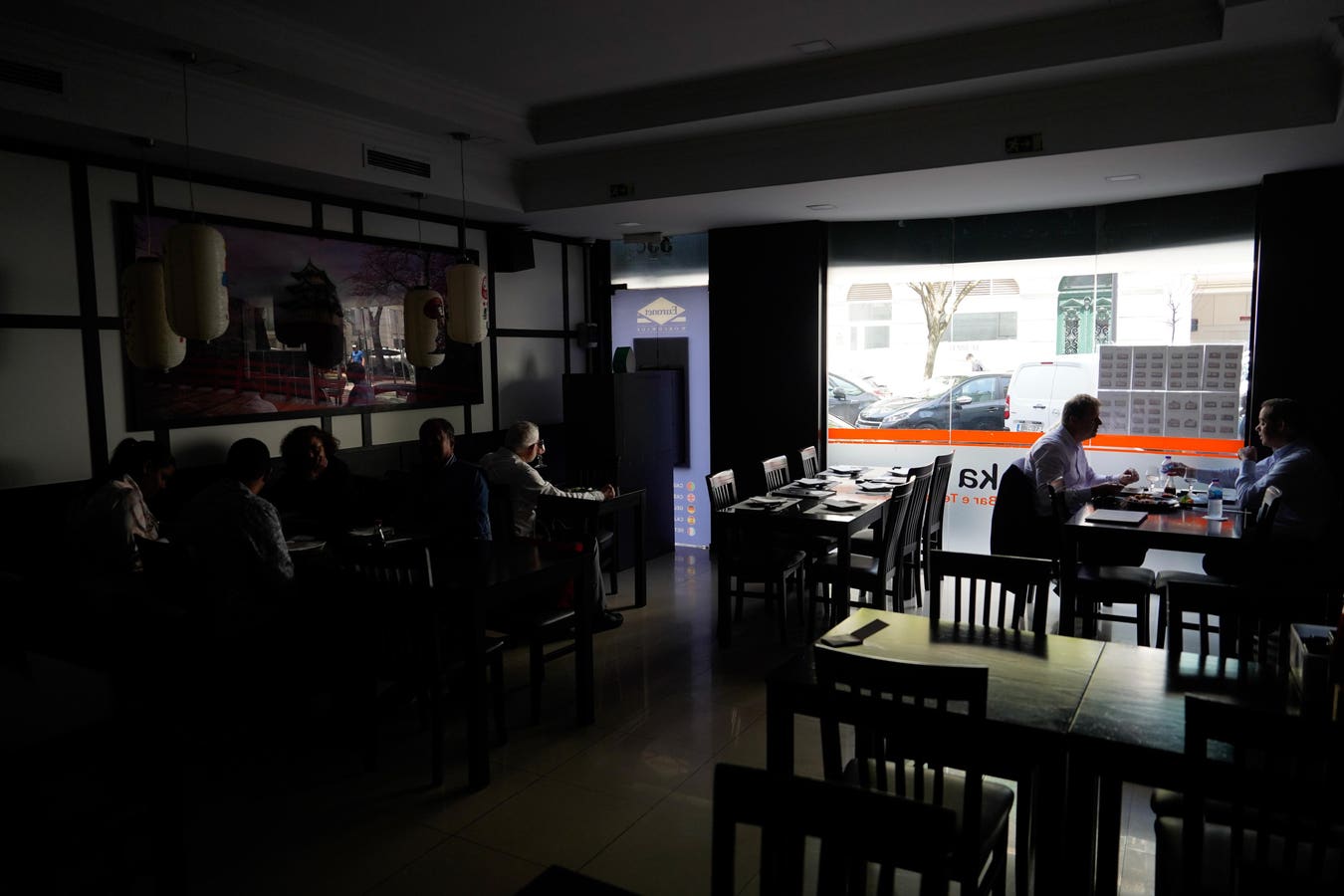LISBON, PORTUGAL – APRIL 28: A restaurant has no lights on during a power outage on April 28, 2025 … More in Lisbon, Portugal. There was a widespread power outage today in Spain and Portugal and parts of France. (Photo by Adri Salido/Getty Images)
Getty Images
Last week, Spain and Portugal lost power for an entire day. That’s tens of millions of people and two advanced economies essentially shut down, completely. Not only was it a potentially dangerous situation for those on transit or under surgery, for instance, but it was the kind of “Black Swan” event that can turn into a real problem for companies.
Now that power has been restored, leaders everywhere—not just in Spain or Portugal—need to review their plans for responding to disasters.
Here’s how to devise your own disaster preparedness plan, so that when the next Black Swan event strikes, you’re not starting from zero.
STEP 1: Prepare
In the near term, organizations need to make sure they have plans in place to respond to major power outages, especially in Europe. That’s basic. We now know this is a risk, and anyone who doesn’t develop a plan to keep their people safe and then either quickly restore power or move operations overseas until it is restored (if they’re able) isn’t doing their job.
Preparing for expected disasters should be the baseline. If you do business in Southern California, then you know that wildfire is a major, major risk. So, have a plan in place.
STEP 2: Practice
For issues that are potentially frequent or could truly shut down operations, it’s important to also game out the response. Don’t just have the plan in a binder somewhere, get your leadership team in a conference room and run through it. Stress test it. Do this periodically, so that everyone is up to speed and so you can identify plans that need to be refreshed.
STEP 3: Prioritize
Of course, it’s impossible to prepare for everything. If I’m using up resources trying to develop a plan for an asteroid strike, it probably means I’m not paying attention to something much more likely to happen, like a storm, flood, or fire.
When creating your disaster response plans, then, you’ve got to be smart about it. Everything can’t be a priority, because then nothing is. Start with the things you know are a risk and that you’re exposed to. Blackouts in Spain and Portugal. Wildfires in California. After 9/11, everyone understood that they needed to have a plan for a major terrorist attack, not just for how to keep your people safe, but also for how to keep your servers running and to reassure your clients.
STEP 4: Research
Once you’ve developed plans for the obvious risks, it’s time to do some research. What other things might happen? The definition of a Black Swan event is that it’s unpredictable. But your research may reveal other kinds of events—things with a 1-in-10 or 1-in-100 chance, for instance—that you can prepare for.
Responding to the Black Swan
Now, I just said that Black Swan events were, by definition, impossible to predict. That’s true. But that doesn’t mean you can’t prepare for them. However, instead of being about to rely on specific details, you’ll have to work from general principles.
What are the things that should always happen when anything goes wrong?
Who gets contacted and in what order?
Where do people look for guidance?
How do you message the team, your clients, and your shareholders, even if it’s just to say you’re working on it?
Then, beyond those basic steps, survey your other plans that you’ve already developed. If you’re a retailer or a major importer, the processes you developed during COVID may be helpful during tariff disruptions, for instance.
How so?
The social distancing rules and PPE won’t be much help right now, but the contingencies that were developed to respond to supply chain disruptions almost certainly do. So, what this means is that your pandemic plan may actually contain a supply chain disruption plan that you can use other ways.
Preparation Is The Name Of The Game
It’s impossible to predict everything that can go wrong, but it is possible to be prepared. This is the approach a football team takes when preparing for a game. We don’t know exactly what’s going to happen, but if we watch the tape we can probably come up with ways to respond to most of it. Then, it’s just a matter of practice and execution.
